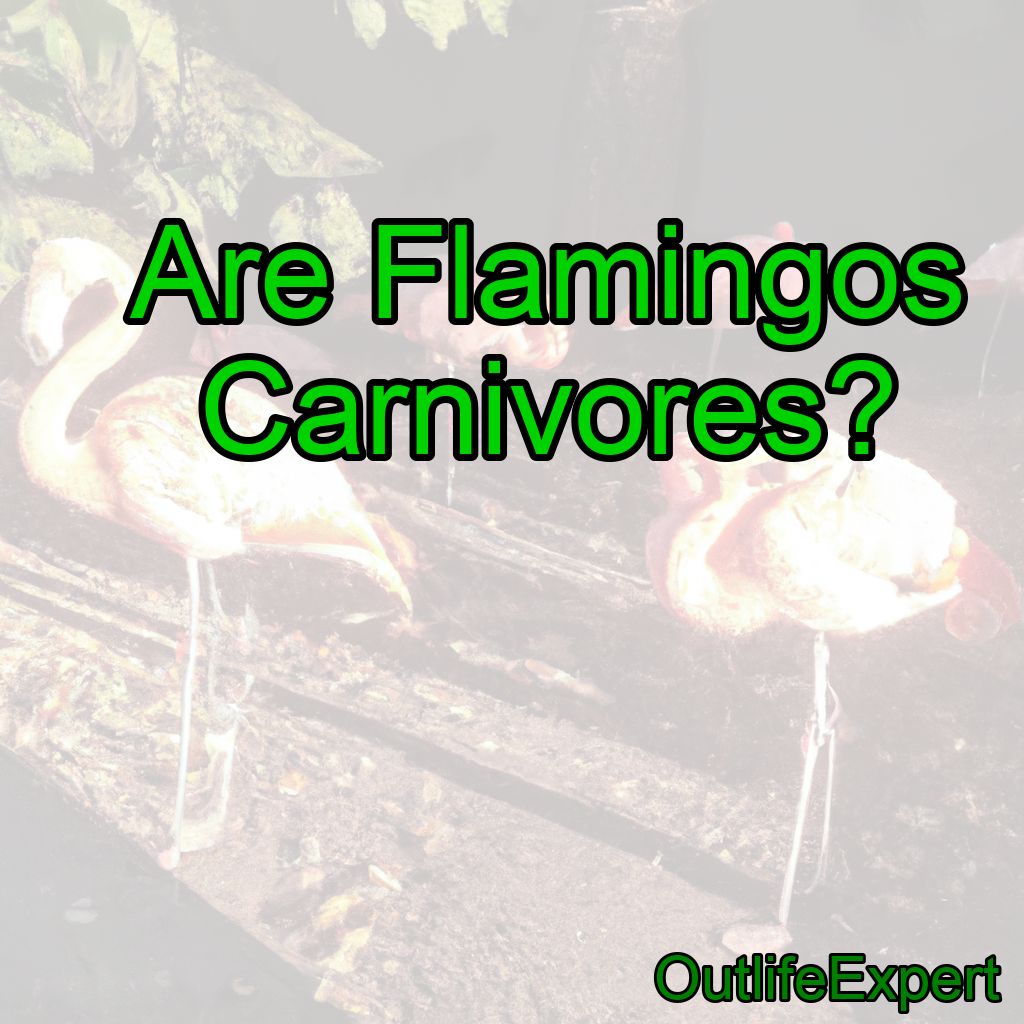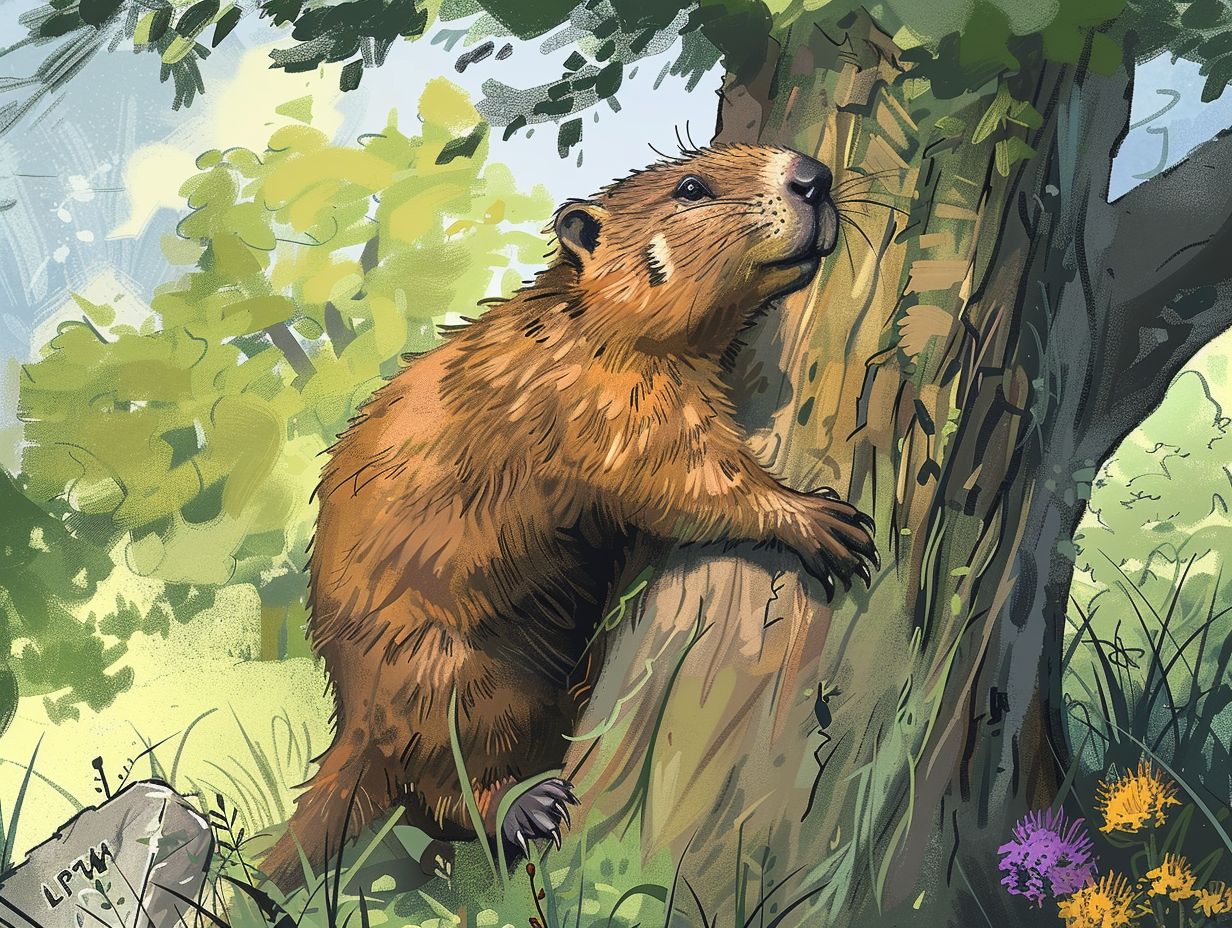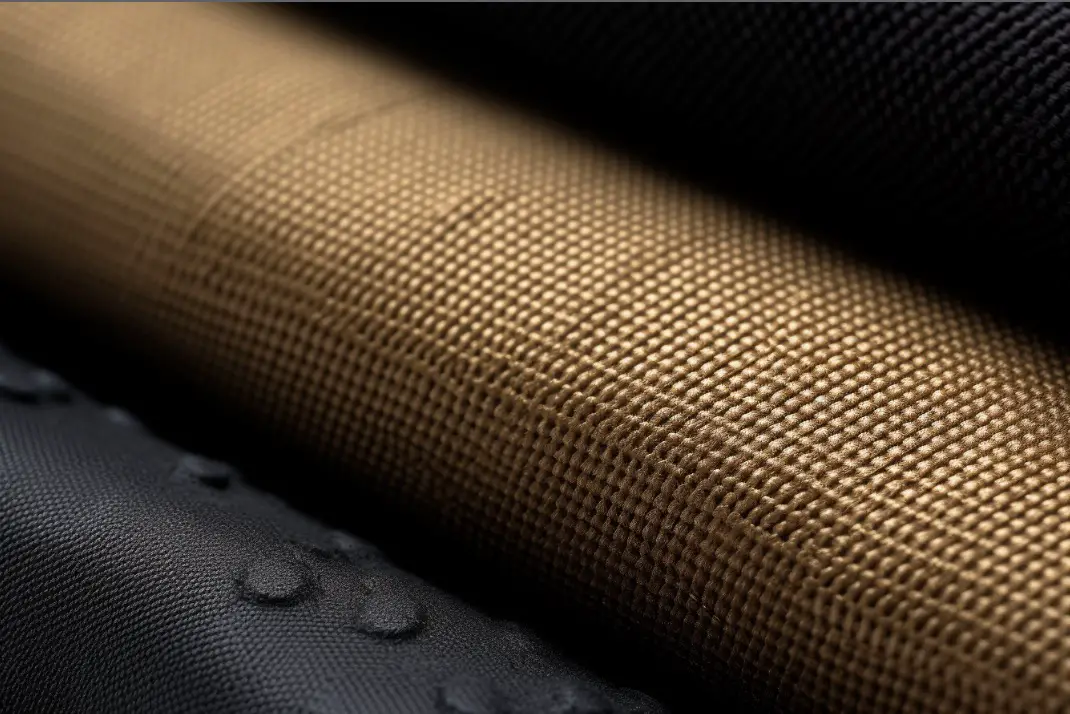Contents
Flamingos: A Brief Overview
Physical Characteristics of Flamingos
Flamingos are large, wading birds with distinctive pink or reddish-orange feathers, long legs, and a unique, downward-curved bill. They are most commonly found in parts of Africa, Asia, the Americas, and Europe. There are six different species of flamingos, and their size and color can vary depending on their location and diet.
Flamingo Habitat
These birds typically inhabit shallow lakes, lagoons, and swamps with high levels of salinity or alkalinity. Their preferred habitats are often inhospitable to many other species of birds and animals, which helps reduce competition for food resources.
The Diet of Flamingos
Primary Food Sources
The main food source for flamingos is small aquatic organisms such as brine shrimp, insects, and snails. They feed by filtering water through their specialized bills, which are lined with comb-like structures called lamellae. These structures help separate food particles from the water, allowing the flamingos to consume their prey.
Algae and Plant Materials
In addition to small organisms, flamingos also consume algae and other plant materials. This makes them technically omnivores, as they consume both animal and plant matter. The algae in their diet are particularly important, as they contain pigments called carotenoids, which give the flamingos their iconic pink or reddish-orange color.
Flamingo Feeding Techniques
The “Head-Down” Technique
Flamingos have a unique feeding technique where they submerge their head upside down in the water and swish it back and forth. This allows them to filter-feed on small organisms and algae, which are then trapped by their lamellae.
Marching and Stirring
To help dislodge food from the bottom of the water, flamingos will often march in large groups while swishing their feet to stir up food particles. This method is particularly effective in areas with soft, muddy bottoms, where prey items can easily become buried.
How Flamingos Get Their Color
Carotenoids and Coloration
As mentioned earlier, the pigments called carotenoids found in the algae and other food sources consumed by flamingos are responsible for their vibrant coloration. The most common carotenoid found in flamingos is called canthaxanthin.
The Importance of Diet
The intensity of a flamingo’s color is directly related to the amount of carotenoids in their diet. Birds with a higher intake of carotenoids will have a more vibrant color, while those with a lower intake may have paler or even white feathers. This is why flamingos in captivity often require a special diet to maintain their bright coloration.
Flamingo Reproduction and Diet
Mating Displays and Coloration
In many bird species, bright coloration is an important factor in attracting a mate, and this is true for flamingos as well. The intensity of a flamingo’s color can indicate its overall health and fitness, making it more attractive to potential mates. During mating displays, flamingos will often stretch their necks and display their brightly-colored feathers to impress potential partners.
Diet and Chick Development
A flamingo’s diet is also important for the development of their offspring. Female flamingos produce a special secretion called crop milk, which is high in carotenoids and other nutrients, to feed their chicks. This helps the chicks develop their own bright coloration and ensures they receive the nutrients they need for healthy growth.
Are Flamingos Endangered?
Conservation Status
Some species of flamingos are considered to be of “Least Concern” by the International Union for Conservation of Nature (IUCN), while others are classified as “Near Threatened” or “Vulnerable.” The main threats to flamingo populations include habitat loss, pollution, and climate change.
Flamingo Conservation Efforts
To help protect and conserve flamingo populations, various organizations and governments are working to preserve and restore their natural habitats, monitor populations, and implement protective measures against human disturbances and threats.
Conclusion: Flamingos are Carnivorous, but also Omnivorous
In conclusion, flamingos are indeed carnivores, as their primary food source consists of small aquatic organisms such as shrimp, insects, and snails. However, their diet also includes algae and other plant materials, making them technically omnivores. Here are 10 interesting facts about flamingos and their eating habits:
1.Flamingos are considered to be carnivores,as their primary food source is small aquatic organisms.
2. Their diet also includesalgae and other plant materials,making them technicallyomnivores.
3. Flamingos have a unique,downward-curved bill,lined with comb-like structures calledlamellaefor filter-feeding.
4. They feed using a“head-down” technique,submerging their head upside down in the water and swishing it back and forth.
5. Flamingos alsomarch and stirthe water to dislodge food from the bottom.
6. The iconic pink or reddish-orange color of flamingos comes fromcarotenoids,found in the algae and other food sources they consume.
7. The intensity of a flamingo’s color is directly related to theamount of carotenoids in their diet.
8. Bright coloration plays a role inflamingo mating displaysand indicates overall health and fitness.
9. A flamingo’s diet is important for the development of their offspring, providing necessary nutrients throughcrop milk.
10. Some species of flamingos are considered“Near Threatened” or “Vulnerable”due to habitat loss, pollution, and climate change.
FAQs
Can flamingos eat frogs?
Yes, flamingos can eat frogs, but they are not a significant part of their diet. Flamingos primarily feed on algae, crustaceans, and small aquatic invertebrates.
What animals do flamingos eat?
Flamingos primarily eat algae, small crustaceans, and other aquatic organisms found in shallow bodies of water.
Do flamingos eat other animals?
Flamingos are primarily filter feeders and eat small organisms such as algae, crustaceans, and insects. They do not typically eat other animals.
Do flamingos eat crabs?
Yes, flamingos do eat crabs, along with other small aquatic animals such as shrimp and algae.
What do flamingos eat to turn pink?
Flamingos eat small crustaceans and algae that contain pigments called carotenoids, which give them their pink coloration.
What are 3 interesting facts about flamingos?
1. Flamingos are known for their distinctive pink color, which comes from the pigments in the algae and crustaceans they eat.
2. Flamingos are social birds and often form large flocks of thousands of individuals.
3. Flamingos are filter feeders and use their specialized beaks to strain food particles from the water, often standing on one leg while doing so.




